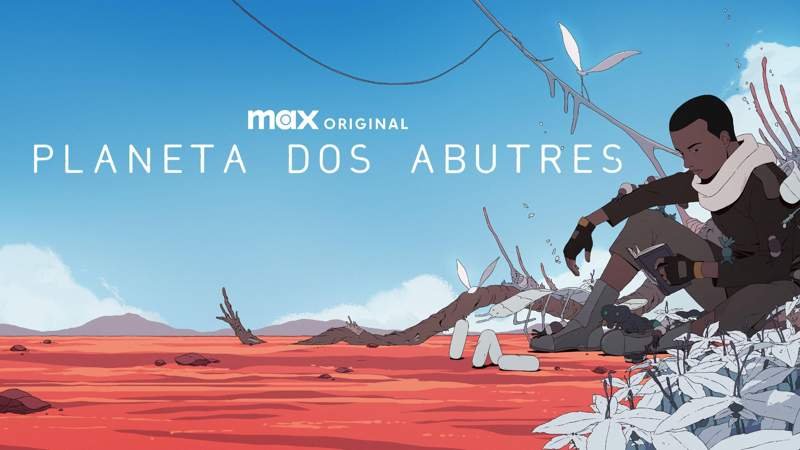Dive into Final Fantasy VII Rebirth with this Final Fantasy VII Rebirth ending explained, unraveling the mysteries it introduced and what they might mean for the trilogy’s conclusion.
The ending of Final Fantasy VII Rebirth left many players with questions. Notably, the introduction of the multiverse and the events involving Sephiroth and Aerith added new layers of mystery to the story. As a result, fans began speculating about the meaning behind these developments and what they could mean going forward. That’s why we’ve broken down the Final Fantasy VII Rebirth ending explained, exploring its connections to previous games and discussing what it might mean for the final chapter of the trilogy.
The Multiverse and Its Impact on the Story
At the end of Final Fantasy VII Remake, the game revealed the existence of two timelines: the main one, where the original story unfolds, and an alternate one where Zack Fair survived the Shinra soldiers’ attack. Rebirth takes this concept even further, showing that there aren’t just two realities but an infinite number of them. Every time someone defies fate, new realities emerge.
The visual representation of this multiverse appears through the Stamp mascot dog, which changes breeds depending on the reality. This implies that each choice creates a new world and that the characters’ destinies tend to repeat, even in different realities.
Sephiroth’s Plan and His True Goal in Final Fantasy VII Rebirth
Sephiroth’s original plan in Final Fantasy VII involved summoning the Meteor spell to wound the planet and absorb its life energy (Lifestream), allowing him to ascend to godhood. In Rebirth, his objective expands: he seeks to control not just one world but all existing worlds, making himself the ultimate ruler of the multiverse.
By converging realities, Sephiroth aims to absorb the life energy from all universes, increasing his power beyond what would be possible in a single world. To eliminate any opposing force, he must kill Aerith, the only one capable of summoning Holy and protecting the planet.
Aerith’s Uncertain Fate in Final Fantasy VII Rebirth
In a powerful sequence, Aerith receives a new White Materia from an alternate version of herself, restoring her power to summon Holy. As in the original game, Sephiroth attacks her, and Cloud seemingly prevents the fatal blow. However, moments later, the scene suggests that Aerith actually dies.

This moment is ambiguous because Cloud sees Aerith alive in his arms, only for her to disappear shortly after. This could mean:
- Cloud caught a glimpse of a reality where Aerith survived. The vibrant colors in this scene resemble other moments in the game where the multiverse is manipulated.
- Cloud’s mind is deteriorating. Throughout the story, hints suggest that he is an unreliable narrator, due to Shinra’s experiments and Sephiroth’s influence on him.

Did Aerith Disappear Forever?
Despite Aerith’s physical death, her presence can still be felt. At the end of the game, while the group mourns her, Aerith appears as a spirit visible only to Cloud. This reinforces the theory that her connection to the planet and the Lifestream keeps her essence alive, similar to Final Fantasy VII’s original ending, where her prayer prevents the planet’s destruction.
Additionally, Aerith promises Cloud she will use all her strength to stop Meteor, while Cloud vows to defeat Sephiroth. This parallels the original game’s climax but leaves room for variation due to the multiverse’s existence.

Zack Fair’s Dilemma and the Separation Between Realities
Another crucial moment in Final Fantasy VII Rebirth’s ending involves Zack Fair. He witnesses the merging of realities, fighting alongside Cloud against Sephiroth. After this brief fusion of universes, he returns to his world, where Cloud is gravely ill and Aerith remains in a coma.
Zack questions whether realities can merge again, leaving open the possibility of future encounters between characters from different universes. This aligns with Sephiroth’s goal of forcing the multiverse’s convergence for his own benefit.
The Connection Between Cloud and Sephiroth in Final Fantasy VII Rebirth
The game concludes with an intriguing revelation: Cloud finds the Black Materia, essential for summoning Meteor. Upon realizing this, his mind briefly collapses, and he utters the word Reunion, a reference to Sephiroth’s call to those infected with Jenova’s cells.
This scene mirrors events from the original game, where Sephiroth manipulated Cloud’s mind. The fact that only Cloud sees a rift in the sky suggests he may be experiencing something others cannot perceive—either a side effect of his exposure to multiple realities or a manifestation of his connection to Sephiroth.
This invisible rift can be seen as a kind of psychological event horizon — a boundary between perception and reality. Just like the event horizon of a black hole, it marks a point of no return: something crossed, but not fully understood.
(Read also: What Is the Event Horizon? The Invisible Boundary of a Black Hole).

What to Expect in the Next Game?
The ending of Final Fantasy VII Rebirth leaves many questions unanswered and sets the stage for the trilogy’s conclusion. Some mysteries that may unfold include:
- How will Cloud handle his connection to Sephiroth?
- Can Aerith’s death be reversed through the multiverse?
- Will Zack manage to merge his reality with Cloud’s?
- What will be the true impact of the convergence of realities?
If Rebirth has proven anything, it’s that this new version of Final Fantasy VII is not afraid to challenge expectations. While some events mirror the original game, the existence of the multiverse opens the door to unpredictable changes. Now, all that remains is to see how everything will unfold in the final chapter of this epic trilogy.
With so many details and twists, Final Fantasy VII Rebirth Ending Explained becomes essential for fans seeking to understand all the layers of this complex and intriguing narrative.

See for Yourself
Final Fantasy VII Rebirth is available for purchase at this link.
Enjoyed This Article?
Read also:
- Equivalent Exchange in Fullmetal Alchemist: Myth or Reality?
- Best Order to Watch Ghost in the Shell?
- Differences Between Fullmetal Alchemist and Brotherhood
Frequently Asked Questions (FAQ)
Did Aerith really die in Final Fantasy VII Rebirth?
The scene is ambiguous. Although Cloud seemingly saves her, there are visual and narrative hints that she may have died — or that we’re seeing an alternate version in which she survives.
What is the multiverse in Final Fantasy VII Rebirth?
It’s the idea that multiple parallel realities exist. Each time someone defies fate, a new timeline is created. This allows for reinterpretations of classic story events.
What is Sephiroth’s plan in Rebirth?
In Rebirth, Sephiroth’s goal seems to go beyond what we saw in the original game. There are signs that he wants to merge realities — possibly to absorb the life energy of multiple worlds and reach a level of power impossible within a single timeline. While his full plan remains unclear, everything suggests he seeks to rule over the multiverse and eliminate any force capable of stopping him, such as Aerith.
Will Zack Fair meet Cloud again?
The game suggests that possibility. Zack witnesses the fusion of realities and questions whether they might cross again — leaving the door open for future reunions.
What to expect from the final game in the trilogy?
Although the multiverse brought unpredictable changes, many core elements from the original game are still present — such as Sephiroth’s role, Aerith’s fate, and Cloud’s personal journey. It’s possible that the final chapter will follow a path similar to the 1997 classic, but there’s also room for unprecedented twists. The story is likely to explore the consequences of converging realities and the ultimate impact of this new timeline.
How does this ending connect to the original 1997 game?
Several classic elements remain, but with significant changes. Aerith’s scene, the use of the Black Materia, and the concept of “Reunion” all take on new meanings due to the multiverse.






